Thank you. You're quite welcome. Thanks for sharing your thoughts.
Tom
I will now have to learn soldering SMD,I need that preamp
Tom's preamp kit uses what are these days considered 'large' SMT components and should be readily soldered at home as long as you have a good soldering iron with a small tip and (for most folks) some magnification, either head-worn or one of those arm-mounted things. I suggest getting a few SMT practice boards that contain a PCB with an assortment of parts to solder. You can find them on eBay or from various companies that cater to the current 'maker movement'. YouTube also has a number of videos that should help you get started.
Once you have one of these to actually see the things, the soldering becomes so simple that even I can do it.
LED Lamp Headset Head Light Jeweler Magnifier Magnifying Glass Loupe Headband 663890916839 | eBay
The practice boards mentioned above are invaluable.
Cocktail stick with a dot of flux to pick/place/hold the things down.
LED Lamp Headset Head Light Jeweler Magnifier Magnifying Glass Loupe Headband 663890916839 | eBay
The practice boards mentioned above are invaluable.
Cocktail stick with a dot of flux to pick/place/hold the things down.
As long as the SMT components are the larger types, I much prefer the headdress. It can be annoying and it can get warm to have on your head, but by its nature stays between your eyeballs and what you're looking at. The dissection or 'inspection' microscope should be 'binocular' as staring through one eye will be tiring. The problem I find with one is that I spend more time trying to get the area I want to see to be within its field of view and in focus. Then I have to wave the soldering iron and solder around until I can locate them. The microscope, though, is a necessity for really tiny SMT components (much smaller than Tom's kit) as the 'Magnivisor'-style doesn't have enough oomph.
I will now have to learn soldering SMD,I need that preamp
I found this video useful. Also, you'll need to use fine solder - I used 0.4mm Kester.
For fine pitch smt work, I find it is best to use eutectic, no clean solder. I use AIM flux glow core 2%, Sn63/Pb37, 0.015"(0.381mm) diameter, 1/2Lb will last a life time for hobby.
For removal of 2 pin passives, 2 irons makes it so easy. hard part is shaking the comp off the iron tip
For smt inspection, I use 10X jewelers loupe and lots of light.
For removal of 2 pin passives, 2 irons makes it so easy. hard part is shaking the comp off the iron tip
For smt inspection, I use 10X jewelers loupe and lots of light.
Parallel 86 SE; SE = special edition
Hi fellas, just to wet your appetites for the anticipated arrival of the Modulus 286 Rev 2.0 (the replacement for the defunct Parallel 86 due to TI's unfortunate decision to discontinue manufacture of the LM4780), here is my build of the Parallel 86 in a 3U/300 chassis, set for 20dB of overall gain. The pictures are pretty self explanatory.
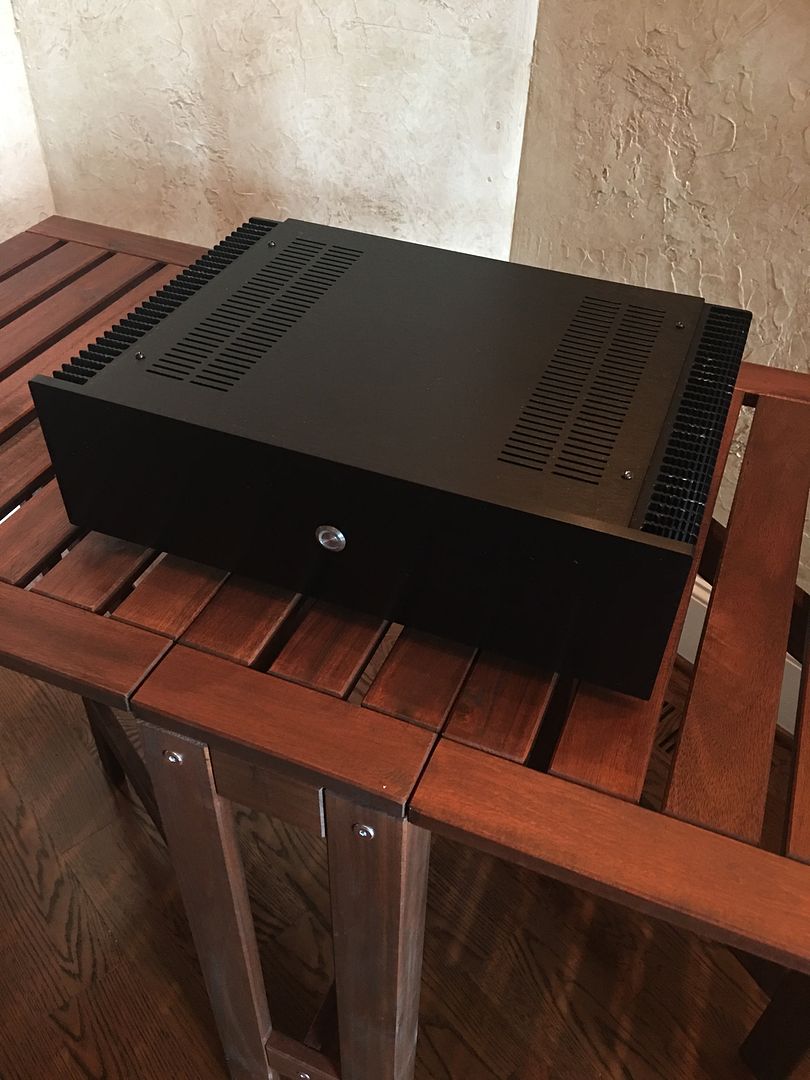
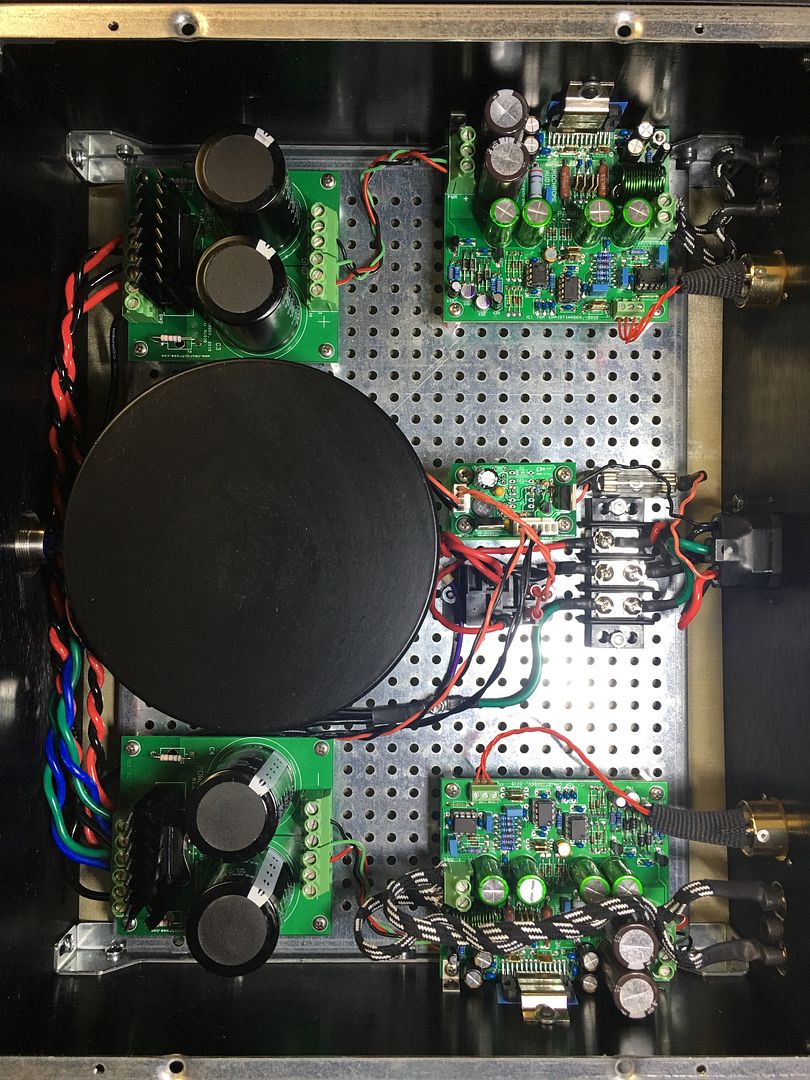
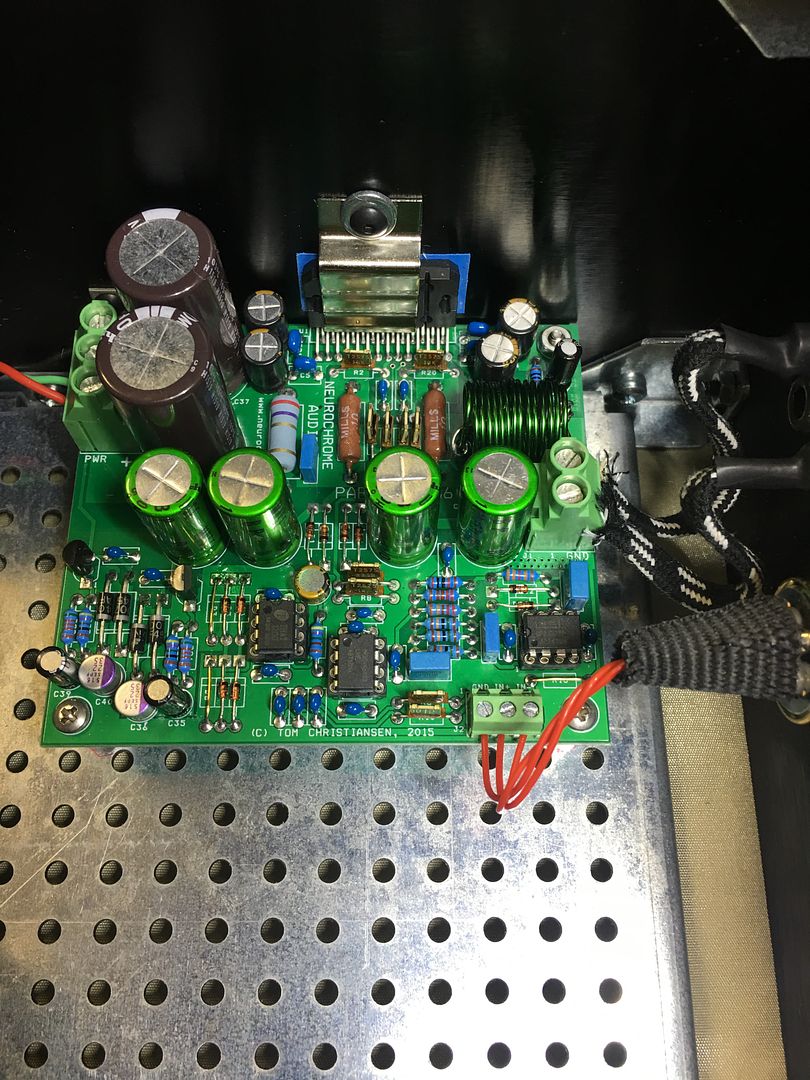
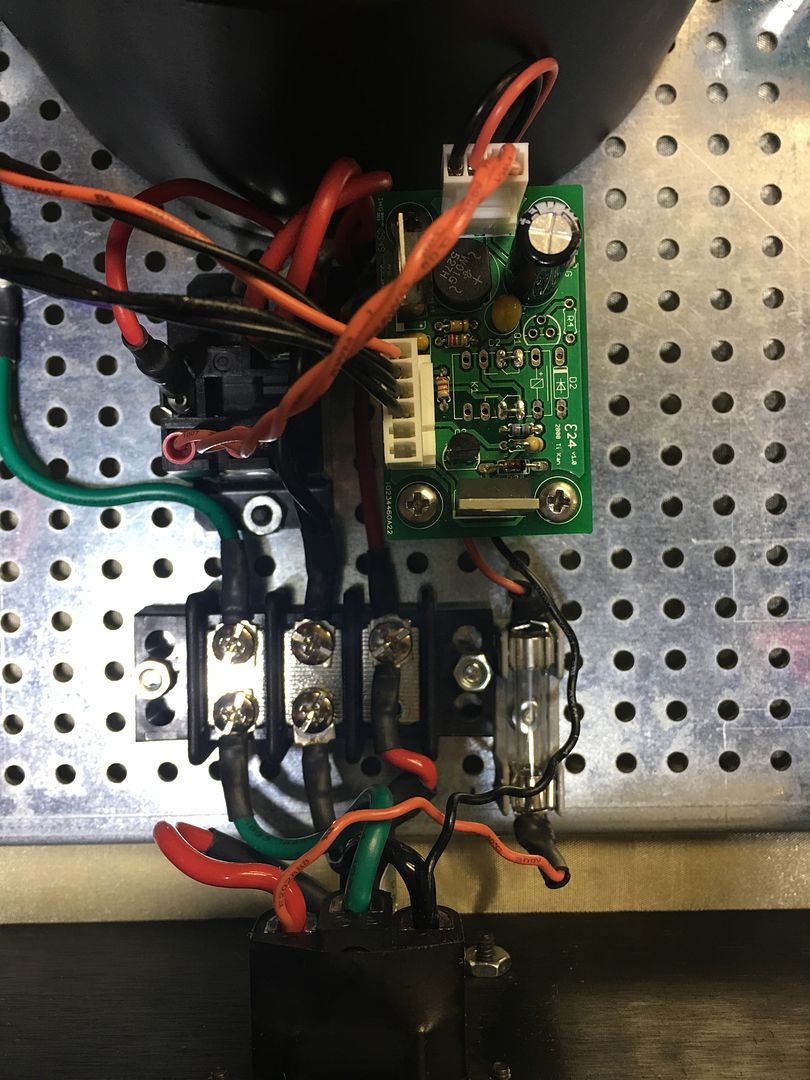
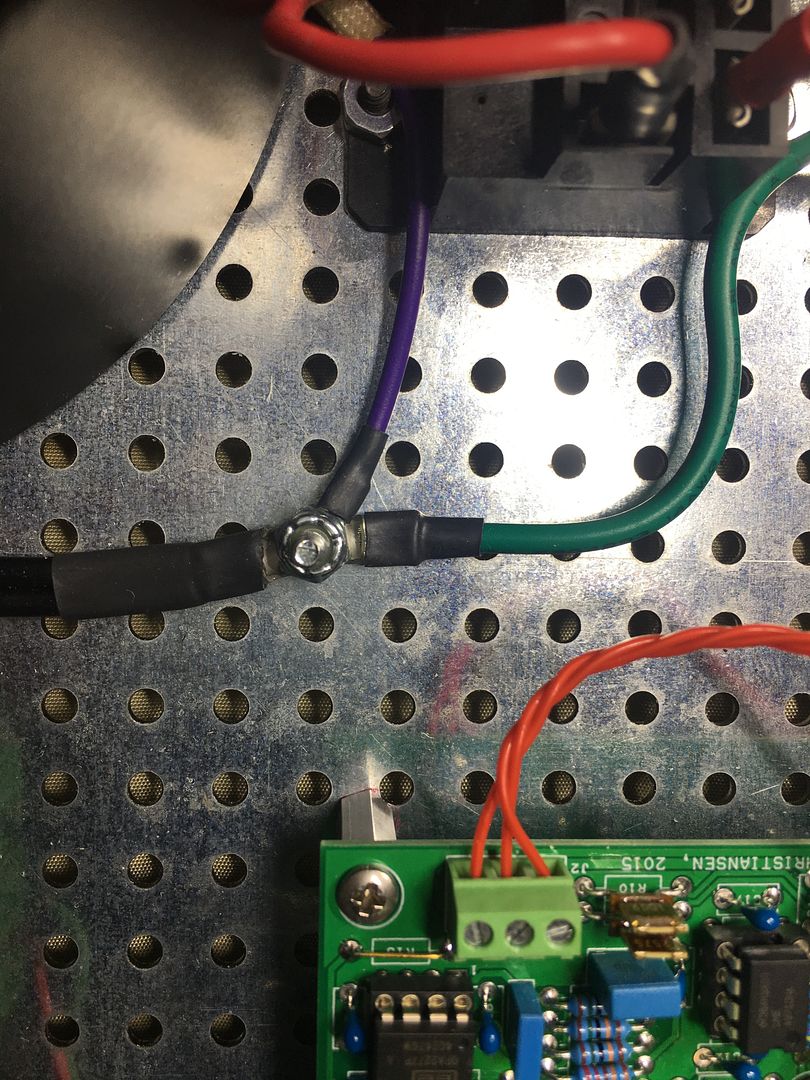
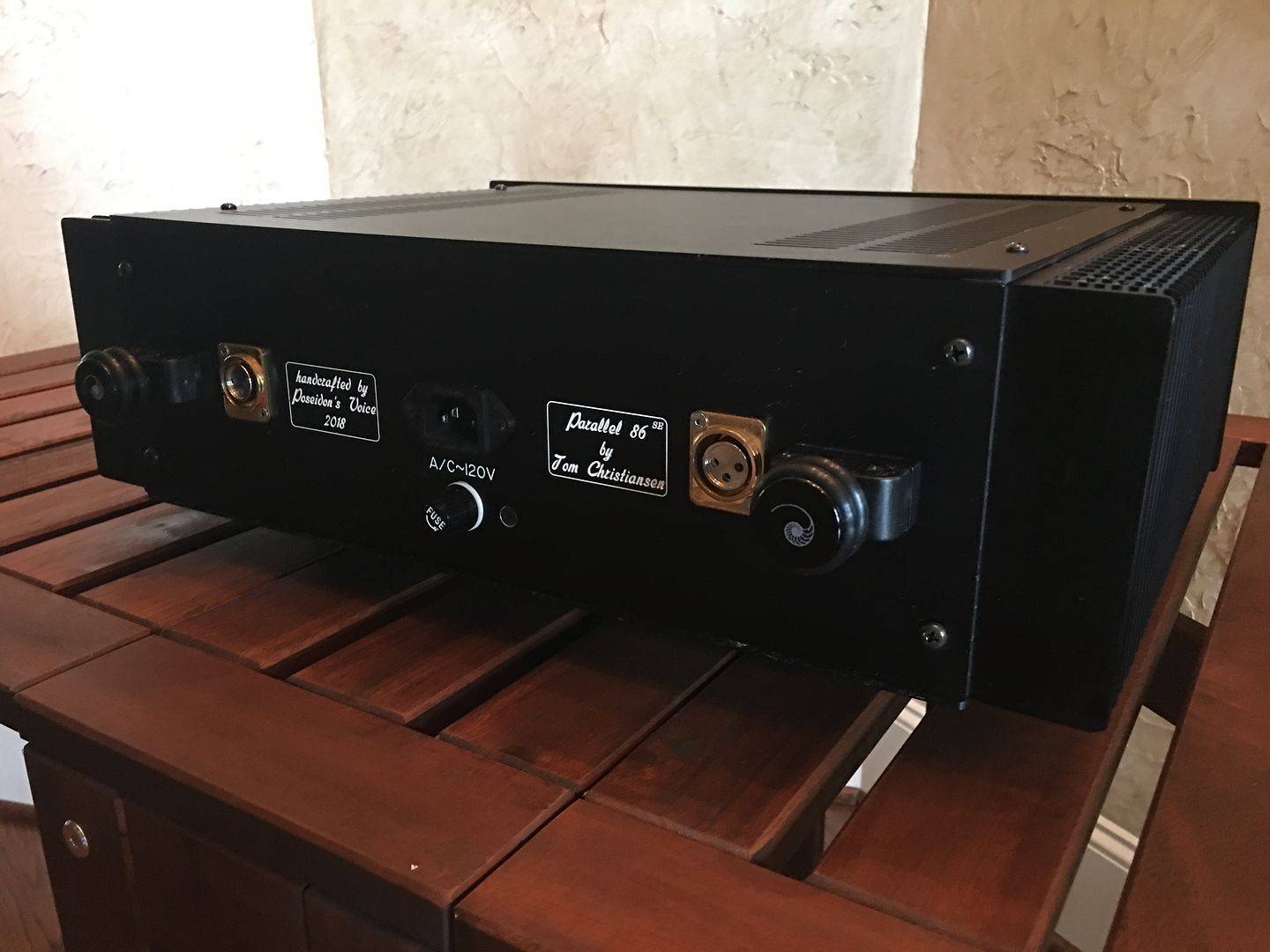
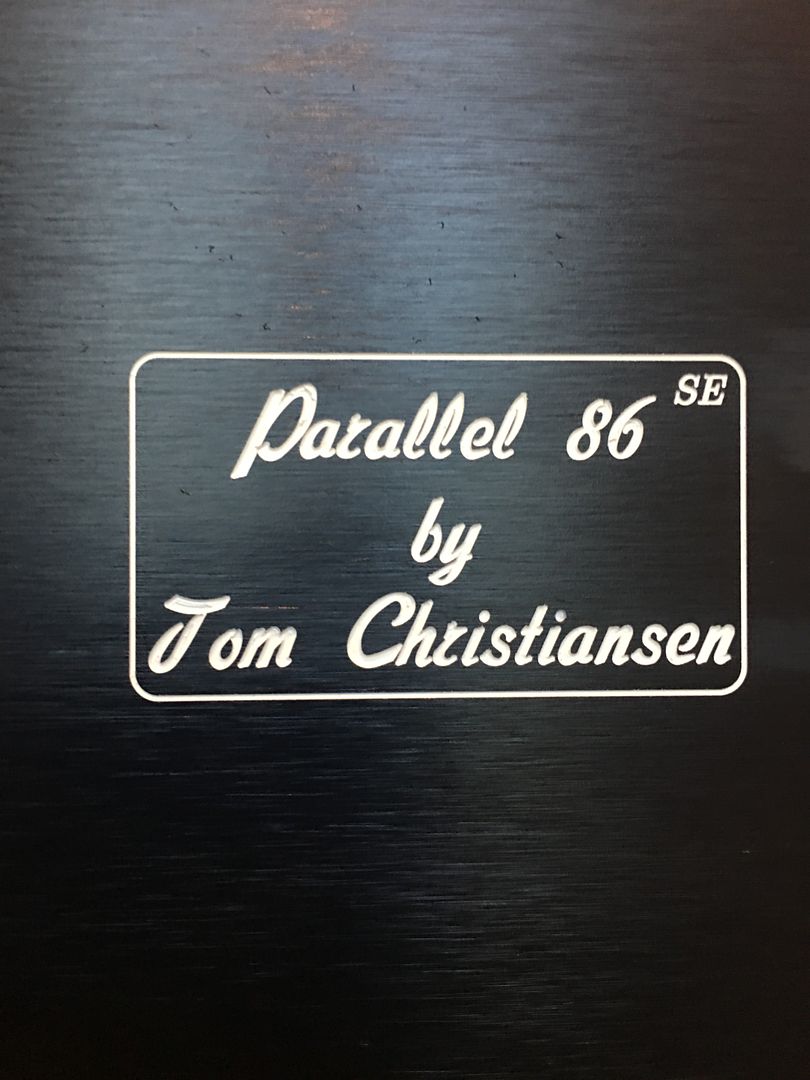
If there are any questions, please don't hesitate to ask.
Hi fellas, just to wet your appetites for the anticipated arrival of the Modulus 286 Rev 2.0 (the replacement for the defunct Parallel 86 due to TI's unfortunate decision to discontinue manufacture of the LM4780), here is my build of the Parallel 86 in a 3U/300 chassis, set for 20dB of overall gain. The pictures are pretty self explanatory.







If there are any questions, please don't hesitate to ask.
here is my build of the Parallel 86 in a 3U/300 chassis, set for 20dB of overall gain.
Anand,
Great looking build, congratulations!
Nice work - so who did the gorgeous engraving and painting on the front and rear panels?
Front Panel Express.
Best,
Anand
A pedestrian question... I’m considering a 4 channel modulus-86 build.
Has anyone tried to fit this into a 4U enclosure, or do I need more of a heat sink? What power supply(s) did you use (Power-686)?
Depends... I'm using a 4xMOD86 in a chassis similar to the 2U Dissipante for use with a pair of SL LXmini speakers. As the LXmini uses a 4 Ω and an 8 Ω driver, I chose a supply voltage of about ±28 V (in reality, it's closer to ±30 V at idle) provided by a Power-86 and an Antek AS-3222. That works well in a stereo two-way setup.
If you're planning to drive four channels of 4 Ω loads, I recommend the 3U Dissipante (and ±28-30 V supply). You can certainly use the 4U if you wish, but that amount of heat sinking is actually not needed.
For my setup with a stereo two-way with 4 Ω and 8 Ω drivers, the Power-86 and 300 VA power transformer provides enough power. For a 4-channel build intended to drive four 4 Ω speakers full range, I'd opt for the Power-686 for the additional supply capacitance and current handling of the rectifier diode. Adding the ISS would be a nice touch as well.
Tom
Depends... I'm using a 4xMOD86 in a chassis similar to the 2U Dissipante for use with a pair of SL LXmini speakers. As the LXmini uses a 4 Ω and an 8 Ω driver, I chose a supply voltage of about ±28 V (in reality, it's closer to ±30 V at idle) provided by a Power-86 and an Antek AS-3222. That works well in a stereo two-way setup....
Funny that you would mention the LXmini, which is what got me started thinking down the path of an active set of speakers, using a miniDSP.
I have built quite a number of speakers, and subwoofers. However, never an active set. I am planning a MTM using a ribbon for the tweeter. I have looked at the RAALs but more than I want to spend, so will likely use a Aurum Cantus G1. Both the mids and the tweeters will be quite efficient and shouldn’t present much of a load for the amplifier.
So perhaps I can get away with a smaller enclosure. Thanks for the feedback
Hi Tom,
while I think, I am using Mod86 Parallel to drive my Quad 989ESL's.
Recommended to use 40-100 Watts - 8 Ohms amplifiers.
originally I used just one board thinking that 60W would be sufficient and they sounded great, then I added another pair and ran them bridged which gave a good improvement.
I have no idea why though, I don't recall the volume position of the pre-amp being much different. Anyway I took them round to Si's house where he uses the same MOD86 to drive his Yamaha NS1000 and there was little discernible difference.
Have you guessed the real question yet? MOD 686 ?
Though I could just ask Ian nicely for a borrow.
while I think, I am using Mod86 Parallel to drive my Quad 989ESL's.
Recommended to use 40-100 Watts - 8 Ohms amplifiers.
originally I used just one board thinking that 60W would be sufficient and they sounded great, then I added another pair and ran them bridged which gave a good improvement.
I have no idea why though, I don't recall the volume position of the pre-amp being much different. Anyway I took them round to Si's house where he uses the same MOD86 to drive his Yamaha NS1000 and there was little discernible difference.
Have you guessed the real question yet? MOD 686 ?
Though I could just ask Ian nicely for a borrow.
My current hypothesis (which I need to go verify) is that even with normal critical listening levels the 40-60 W provided by the Modulus-86 and Parallel-86 doesn't quite cut it. Thus, the signal is clipped on the peaks. This results in a sound which some describe as strained or harsh. This is mostly an issue with inefficient speakers and actively filtered speakers with peaking filters in the EQ path.
Use a more powerful amp and the signal isn't clipped on the peaks -> better sound.
That's my hypothesis based on my subjective experience with the MOD86 vs MOD686 on a pair of Dali 3A years apart (i.e. not a scientifically valid experiment by any stretch of imagination).
I need to go measure the actual output voltage of my amps during use at various listening levels.
Tom
Use a more powerful amp and the signal isn't clipped on the peaks -> better sound.
That's my hypothesis based on my subjective experience with the MOD86 vs MOD686 on a pair of Dali 3A years apart (i.e. not a scientifically valid experiment by any stretch of imagination).
I need to go measure the actual output voltage of my amps during use at various listening levels.
Tom
BTW: Those who purchased the Guardian-86 and ISS will be delighted to know that the BOM is now included in the documentation. Sorry for this omission. I wrapped up those projects late at night after receiving the news of my dad's stroke. I forgot to add the BOM page.
I'm now back in town and continuing business as normal.
Tom
I'm now back in town and continuing business as normal.
Tom
- Home
- Amplifiers
- Chip Amps
- Modulus-86 build thread